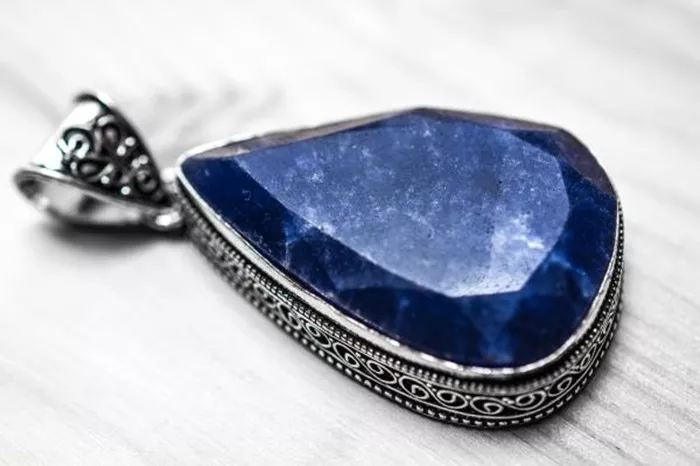Sapphires are among the most sought-after gemstones, prized for their stunning beauty and durability. However, distinguishing a genuine sapphire from a synthetic or imitation stone can be challenging. This guide provides an overview of basic tests and information to help you assess a sapphire’s authenticity.
Color and Clarity
Color: Genuine sapphires come in a wide range of hues, with blue being the most popular. Look for: Rich, even color distribution. Slight variations or inclusions that add to its natural appearance. Colors that are overly vibrant or perfectly uniform may indicate a synthetic or treated stone.
Clarity: Natural sapphires often contain small inclusions, such as feathers or tiny crystals.
A flawless stone should be viewed with skepticism, as natural sapphires rarely lack imperfections.
Cut and Polish
Genuine sapphires are expertly cut to maximize brilliance.
Poorly cut stones or uneven surfaces may suggest an imitation.
Inspect for any dullness or inconsistent polishing, which can indicate lower-quality materials.
Simple Physical Tests
Sapphires rank 9 on the Mohs hardness scale, making them highly scratch-resistant.
Do not scratch the stone deliberately, as this could damage the stone or setting. Instead, compare its resistance to materials like glass (Mohs 5.5). A sapphire should not be scratched by glass.
Weight and Feel
Sapphires are denser than most imitation stones, such as glass or cubic zirconia.
Hold the stone in your hand—if it feels unusually light for its size, it may not be genuine.
Advanced Tests
For conclusive results, specialized equipment and expertise are required. These methods are beyond home capabilities and should be performed by a professional gemologist.
Refractometer: Measures the stone’s refractive index, a key optical property of genuine sapphires.
Specific Gravity Test: Determines the gemstone’s density to confirm its identity.
Spectroscope: Analyzes the light absorption spectrum to identify the stone’s elemental makeup and confirm whether it is natural or synthetic.
Professional Appraisal
Valuable sapphires should always be appraised by certified gemologists. Professionals possess the tools and training to verify authenticity, assess value, and detect any treatments or enhancements the stone may have undergone.
Locating Professional Appraisers
To find a reputable gemologist, consider:
Gemological Laboratories: GIA (Gemological Institute of America) or AGS (American Gem Society).
Jewelry Stores: High-end jewelers often employ certified appraisers.
Local Directories: Search for certified gemologists in your area through professional organizations like the National Association of Jewelry Appraisers (NAJA).
Understanding Synthetic Sapphires
Synthetic sapphires are laboratory-created gemstones with the same chemical and physical properties as natural sapphires.
Synthetic ≠ Fake: These are real sapphires, but they lack the rarity of natural stones.
Imitations: Fake sapphires are made from materials like glass or cubic zirconia, designed to mimic the appearance of sapphires without their composition or durability.
Conclusion
While some basic tests can provide clues about a sapphire’s authenticity, definitive identification requires a professional appraisal. If you’re unsure about a stone, consult a certified gemologist to protect your investment and ensure you’re purchasing a genuine sapphire.
Related topics:

